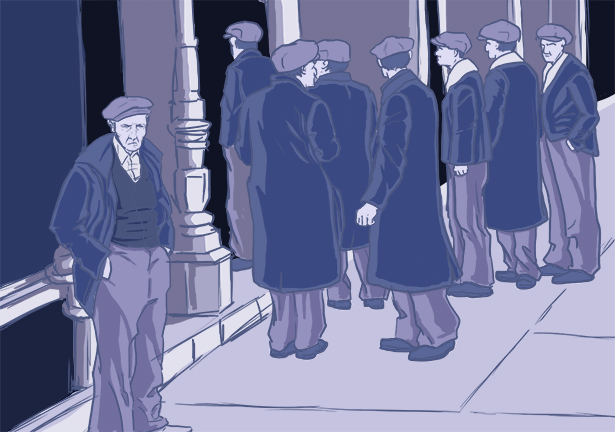Part 1: The Depression and the Enacting of the New Deal
In the wake of the stock market crash in October of 1929 and the subsequent effects of the Great Depression, the United States was in turmoil. Unemployment went from 4% before 1929 to around 25% following the infamous stock market crash. Between 1929 and 1933, manufacturing in the country decreased by a third, causing prices to fall by 20%, causing massive deflation of the economy. Almost a full third of the workforce that was employed was downgraded to part-time labor, and more people lost their livelihoods when thousands of banks closed their doors with no insurance to cover their customer’s losses. It was a time of desperation for many Americans.
In March of 1933, when Franklin Delano Roosevelt took office (after defeating incumbent President Herbert Hoover) the country was on the ropes. Roosevelt already had a record of serving as a reform politician when he Governor of New York; his first 100 days in office continued that precedent when he pushed forward with major legislation and executive orders enacting what would become known as the New Deal. The name that was coined by Roosevelt’s advisor Stewart Chase, possibly inspired by Mark Twain in his book, “A Connecticut Yankee in King Arthur’s Court.”
In his acceptance speech of the 1932 Democratic nomination for President, Roosevelt said, “Throughout the nation men and women, forgotten in the political philosophy of Government, look to us here for guidance and for more equitable opportunity to share in the distribution of national wealth… I pledge myself to a new deal for the American people. This is more than a political campaign. It is a call to arms.”
Before enacting the New Deal, there was no national safety net, no public unemployment insurance, and no Social Security. Aside from social programs, new government oversight on financial institutions, and relief for the poor, the New Deal allowed the government to put people to work with over 34,500 projects under the purview of the Public Works Administration. The Government spent $3.3 billion with private companies to construct government office buildings, airports, hospitals, schools, roads, bridges, post offices, courthouses, and dams, much of these projects were started in just two years, from 1933 to 1935. In truth, much of our modern infrastructure had its foundation laid under projects for the PWA.

